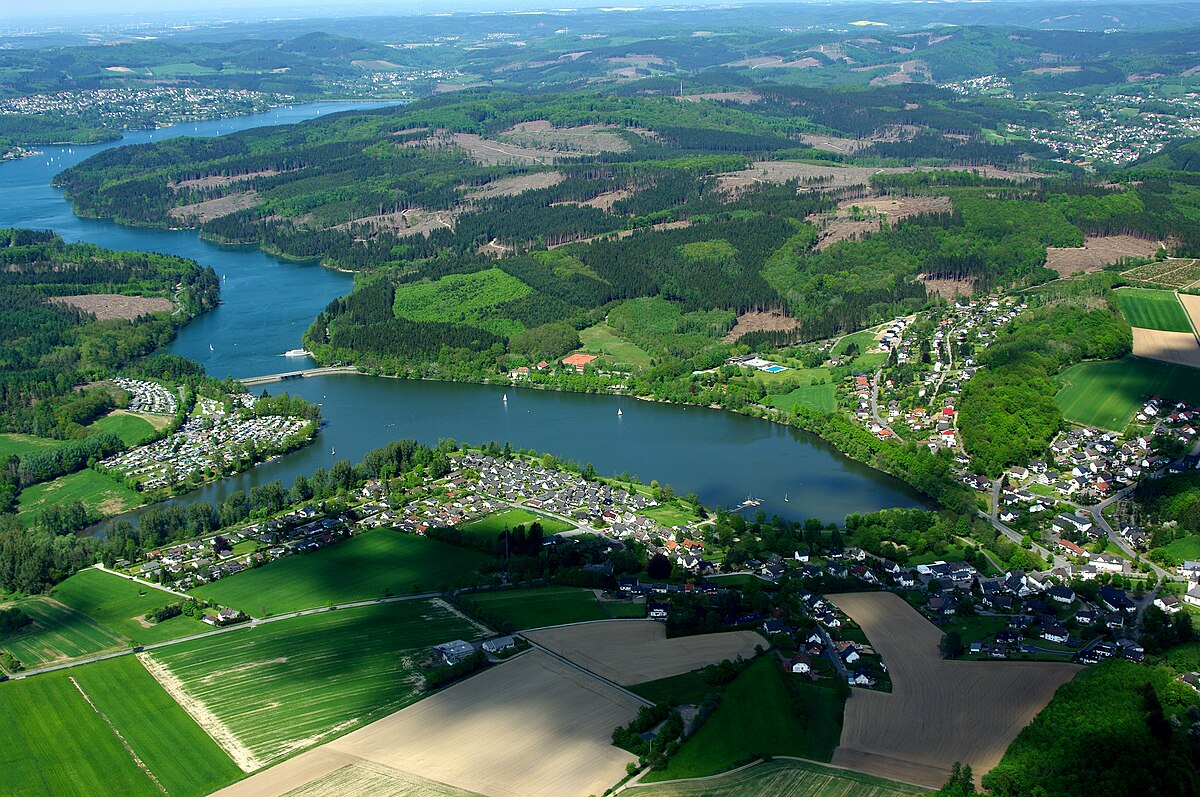rascal1225
Banned
Boom! Another huge column of water rose into the air, this one right at the top of the spillway, behind a closed gate. Two things now happened simultaneously. A closed spillway gate burst open in the center and a hole big enough to admit a steam locomotive appeared, allowing a great stream of water to jet through. As if that was not enough, a torpedo leaped like a dolphin out of one of the water streams pouring through an open spillway gate. The torpedo, just like one he had seen in Life magazine, flew through the air, and struck the concrete side wall of the spillway channel, at wa
As he pondered this question, he watched the giant spillway gate that had been punctured by the torpedo’s explosion slowly begin to lose its shape, until it folded in the middle and leaped out of its track, admitting another 45 foot wide by 16 foot deep deluge of water into the spillway channel. Now there were five open gates. The roaring of the discharge became even louder. He felt a hand on his shoulder.
Just when Daniel was sure the flying boat had been atomized by the exploding shells so that no trace remained, it burst out of a wall of drifting black smoke, utterly engulfed in flames. One of the wings broke off and the plane fell to one side, struck the water with a wingtip, and cartwheeled across the lake surface, throwing bits and pieces high in the air. The wreckage sank. All that was left was a burning slick of gasoline on th
You missed a golden opportunity to have that 3rd (fake) S-42 deliberately crash into another Gatun Spillway gate, suicide dive style, while still hauling it's 2nd torpedo ... all that would be needed was some mechanism of allowing it's tail propeller to begin spinning in the airstream so that it would have been armed as it hit another spillway gate...
I also note that you mentioned the two earthen saddle dams which also helped to historically enclose Gatun Lake ... also possible targets for IJN torpedo hits but both were armored with concrete faces and rose up from rock ridges running between adjacent hilltops ... an erosive water flow thru either/both saddle dams would have reduced the level of Gatun Lake by some 14' eventually but the rock ridge bases of both would also have prevented the complete draining of Gatun Lake ... as was the historical case for the Gatun Spillway (16' waterlevel drop)... yes, a slowed down Panama Canal but NOT a knocked out of action Panama Canal for an estimated 2 years ...
EDIT: My mistake ... dropping the Cano saddle dam would have lowered the level of Gatun Lake by 15', not the 14' that I typed above ... sorry for the error. According to the report provided by YYJ here in a later posting.
Last edited:




